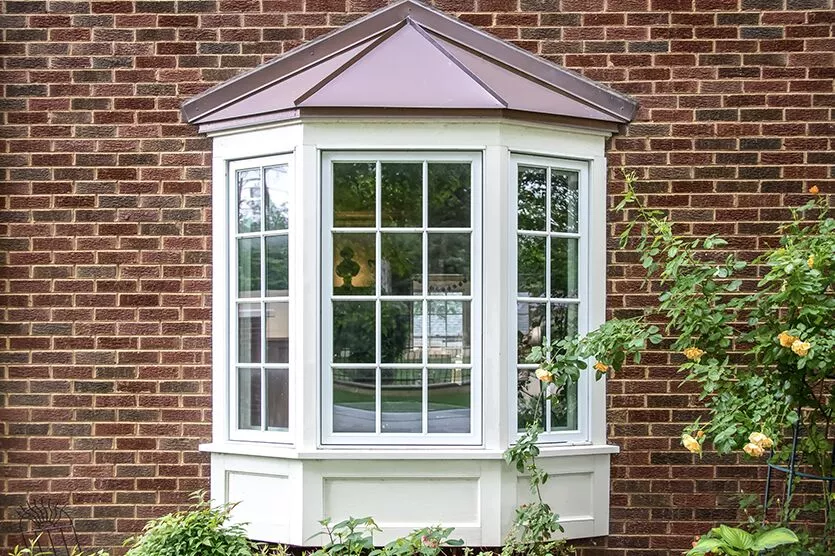Parking lots that are not well lit can prove costly, especially at night when the daylight hours are very limited. A parking lot that is not well lit can pose a problem for business owners. A poorly lit parking lot can make employees, customers, or other visitors feel unsafe. Parking areas that are darkened can create an environment conducive to criminal activity. It may seem that upgrading or replacing your existing parking lot lights will be a costly expense. But can you afford not to explore your options?
Parking lot lighting systems, which were installed more than a decade ago, may use inefficient bulbs and are more expensive to operate than new LED alternatives. LED lighting options provide an excellent ROI that can quickly offset replacement costs. These 6 facts are important to remember when looking at LED parking lot lighting options.
1) HID And LED
HIDs can be described as gas-discharge lamps. They transmit light using an electric current between two electrodes. Additional gas is also used. This determines whether HID is a salt, mercury, or metal lamp. Everything is sealed inside a quartz glass capsule. Ballasts are required for HIDs to regulate power and generate the initial electrical surge necessary to light the bulb. HIDs consume less power than halogen bulbs and produce more light, but this is nothing in comparison to LED technology.
Uses solid-state technology for converting electricity into light. LED modules consist of tiny light bulbs, which are semiconductors embedded in an electrical circuit. These semiconductors emit light when the module is turned ON. LEDs have a wider illumination area than HIDs, which need to be fitted with large reflectors to redirect the light. LEDs are more efficient overall, providing a better visual experience and a lower utility cost.
HID lighting has been the standard for parking lots and other large areas that require high levels of visible light. These lights have not been perfect. HIDs produce light that isn’t always appealing and can take some time to warm up before they can be fully lit. Although HID lighting has a lower initial cost, you will need to replace the ballasts and relamp them regularly. LED lighting is less maintenance than HID lighting, so even though the initial investment may be higher, you will see a quicker return on your investment. Many companies have decided to make the switch due both to these problems and technological advancements. No matter how durable a product is, it doesn’t matter how effective it performs.
2) Pole Placement
While parking lot layouts may vary widely, nearly all parking lot light fixtures are attached at the top of tall poles. From this location, light can easily pool around the area. You must decide whether to replace or keep existing pole lights once you have decided to change your existing light fixtures to LED pole lamps. LED lighting offers more light and is customizable, so you can get better results with fewer fixtures. This means that you won’t have as many light poles. Also, you need to decide whether to remove existing light fixtures or to leave them. When replacing poles, consider pole height, the distance between poles and strength. Most poles can be reused if they’re still in good form and match your aesthetics. In some cases, it may be possible to retrofit the existing LED kits into existing fixtures. This will allow you to potentially save both time and money.
3) Retrofitting Versus Replacement
Retrofitting is the process by which an existing system is upgraded with new technology. LED retrofit kits to allow you to use existing light fixtures while adding better lighting technology. Retrofitting can be cheaper than replacing fixtures but it is still more cost-effective than buying new ones. Retrofitting is meant to preserve your property’s aesthetics, especially if they are already in line with your preferred architectural style. Retrofit kits work well when your current lighting system design is good, but efficiency can be improved by using upgraded technology. You must make sure that existing fixtures can be used with LED technology.
4) Appropriate Lights Qualities for Parking Lot Applications
There are several qualities that distinguish certain commercial LED parking lot lights from others. The product’s Correlated Color Temperature (CCT) or color temperature, Color Rendering Index (CRI), light distribution characteristics, heat distribution qualities, eco-friendliness, and earned safety ratings are among these. Hue temperature describes the color of a light’s radiance, which may be warm or cool, ranging from heated reddish-orange to cold white or blue. CRI ratings describe how an item appears when lighted in comparison to how it appears in daylight. The higher the grade, the more the lighted item resembles what it would appear like in natural light.
An ideal light distribution feature should have a high BUG rating. The Illuminating Engineering Society and the International Dark-Sky Association established BUG (Backlight, Up light, and Glare) as a complete approach. The system’s goal is to compute light pollution from an outdoor light fixture in undesired or undesirable directions. The casing of an LED fixture should also aid in heat mitigation and keep the operating temperature low. Because the effectiveness of an LED declines as the operating temperature increases, it is vital to limit the heat output, particularly in hotter climes. LED technology is also helpful for the environment since it reduces carbon emissions and removes harmful compounds found in HIDs, such as mercury or lead.
In the lighting process, Metal Halide HIDs employ mercury, which is hazardous when breathed or discharged into the environment. If the outer glass bulb breaks and the inner tube continues to run without this insulating layer, HID bulbs may produce significant levels of UV radiation. Unlike LEDs, HID bulbs must also be disposed of properly. If a HID bulb explodes, place it in a sealed container or bag and transport it to a hazardous waste facility or recycling centre.
5) Use Controls to Improve Efficiency
LED lights often offer high-quality illumination while conserving a large amount of energy, particularly when paired with adaptive control integration. One of the most notable benefits of LED lighting is its dimmability; fixtures often feature a 0-10v dimmable driver to give this capacity. There are also Passive Infrared Photo/Motion (PIR) sensors that detect motion and alter light output as required. When motion sensors no longer detect motion, time delay controls maintain lights on high for a specified length of time, usually five minutes, before switching back to low mode. The cut-off settings turn the luminaire off entirely after operating in low mode for the preset period of one hour. Another alternative is photocell controls, which inform luminaires when to switch on or off depending on the current level of ambient light.
When all of your prospective alternatives are combined, you obtain a successful adaptive control integration with sensors that prevent LED pole lights from lighting up an empty parking lot at full brightness when it isn’t required. Having these cutting-edge controls installed enhances energy savings and reduces light pollution. Even if you don’t expect to utilise these controls right immediately, it’s vital to prepare for the potential.



